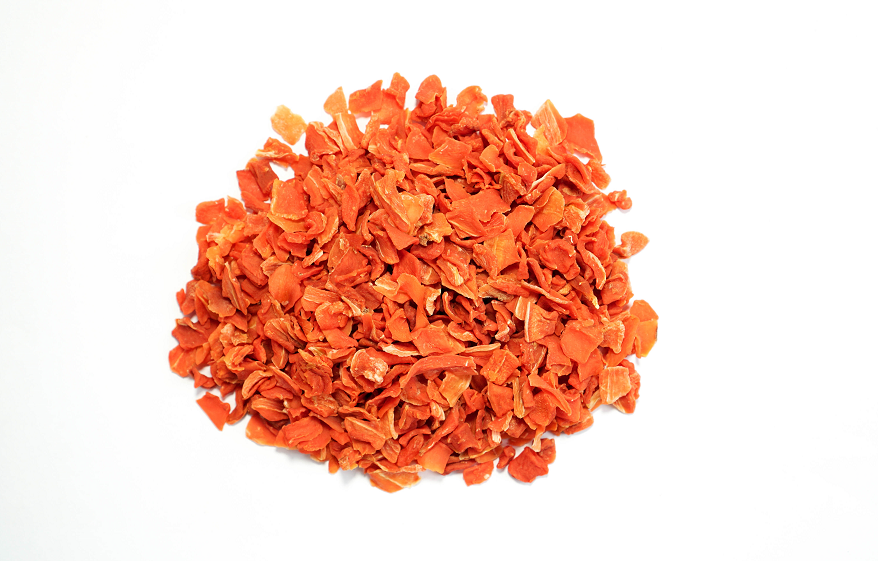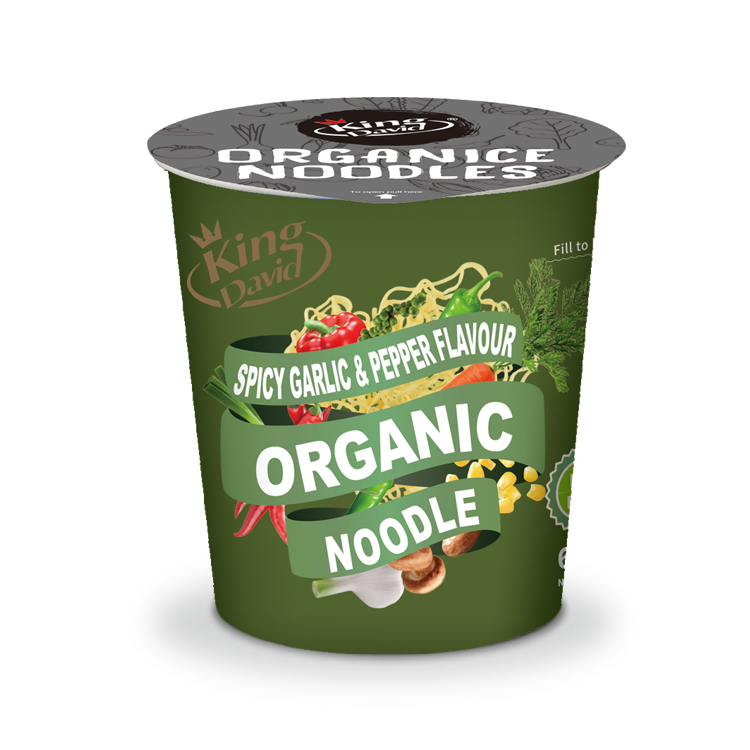Noodles are a fundamental component of various cuisines worldwide, with air-dried and fresh noodles being two popular types. Each offers distinct characteristics, preparation methods, and culinary applications. This article delves into the differences between air-dried noodles and fresh noodles, exploring their unique qualities and how they can be utilized in cooking.
Understanding Noodle Types
What Are Air-Dried Noodles?
Air-dried noodles are produced by steaming the dough and then drying it using hot air. This process results in a product that is firmer than fresh noodles while retaining a lower fat content compared to fried instant noodles. The drying process usually takes several hours, giving the noodles a firm texture without the addition of preservatives.
Air-dried noodles are often marketed as a healthier alternative to traditional instant noodles, as they usually contain simple ingredients such as wheat flour, salt, and water. Their longer shelf life makes them a convenient pantry staple.
What Are Fresh Noodles?
Fresh noodles are made from a dough that typically includes flour (often "00" flour), water, and sometimes eggs. This dough is kneaded, rolled out, and cut into various shapes before being cooked immediately or stored in refrigeration for short-term use. Fresh noodles are known for their soft texture and rich flavor profile, making them excellent for meals that require quick cooking.
These noodles shine in recipes where their delicate texture can be highlighted, such as in stir-fries or soups where they can absorb flavors quickly.

Key Differences Between Air-Dried and Fresh Noodles
The primary differences between air-dried and fresh noodles lie in their preparation methods, textures, cooking times, shelf lives, fat content, flavor absorption capabilities, and overall health considerations.
Air-dried noodles undergo a steaming and drying process that yields a firm texture similar to cooked fresh noodles. They generally require longer cooking times of about 3-5 minutes. In contrast, fresh noodles are tender and cook much faster, usually within 1-3 minutes.
In terms of shelf life, air-dried noodles can last up to 12 months due to their low moisture content, while fresh noodles have a shorter shelf life and must be refrigerated. Nutritionally, air-dried noodles tend to be lower in fat and calories compared to fresh noodles, especially those made with eggs.
Cooking Techniques
Cooking Air-Dried Noodles
To prepare air-dried noodles, boil them in water for several minutes until they reach the desired tenderness. This cooking process allows the noodles to rehydrate while maintaining their firm structure. They can be incorporated into various dishes such as soups, stir-fries, or salads.

Cooking Fresh Noodles
Fresh noodles require much less time to cook compared to their air-dried counterparts. Typically ready within 1-3 minutes, they are ideal for recipes where they need to absorb broth or sauce quickly without becoming overly soft. Their quick cooking time makes them versatile for many dishes.
Culinary Applications
Air-dried noodles are well-suited for:
Soups: Their firm texture holds up well in broths.
Stir-Fries: They absorb flavors effectively without becoming mushy.
Salads: Often used cold with dressings that complement their taste.
Fresh noodles excel in:
Creamy Sauces: Their tender texture pairs beautifully with rich sauces.
Quick Stir-Fries: Ideal for fast-cooking dishes where texture is crucial.
Soups: They add a delicate touch to lighter broths.

Consumer Preferences
Consumer choices between air-dried and fresh noodles often depend on convenience, health considerations, and culinary quality:
Convenience: Air-dried noodles offer longer shelf life and ease of storage compared to fresh noodles that require refrigeration.
Health Consciousness: Many consumers prefer air-dried noodles due to their lower fat content and absence of preservatives.
Culinary Quality: Chefs frequently favor fresh noodles for gourmet dishes because of their superior texture and flavor absorption capabilities.
Conclusion
Both air-dried and fresh noodles have unique advantages that cater to different culinary needs. Air-dried noodles provide convenience and a healthier profile, while fresh noodles offer unmatched flavor and texture. Ultimately, the choice between the two depends on personal preference, dietary goals, and the specific dish being prepared.





